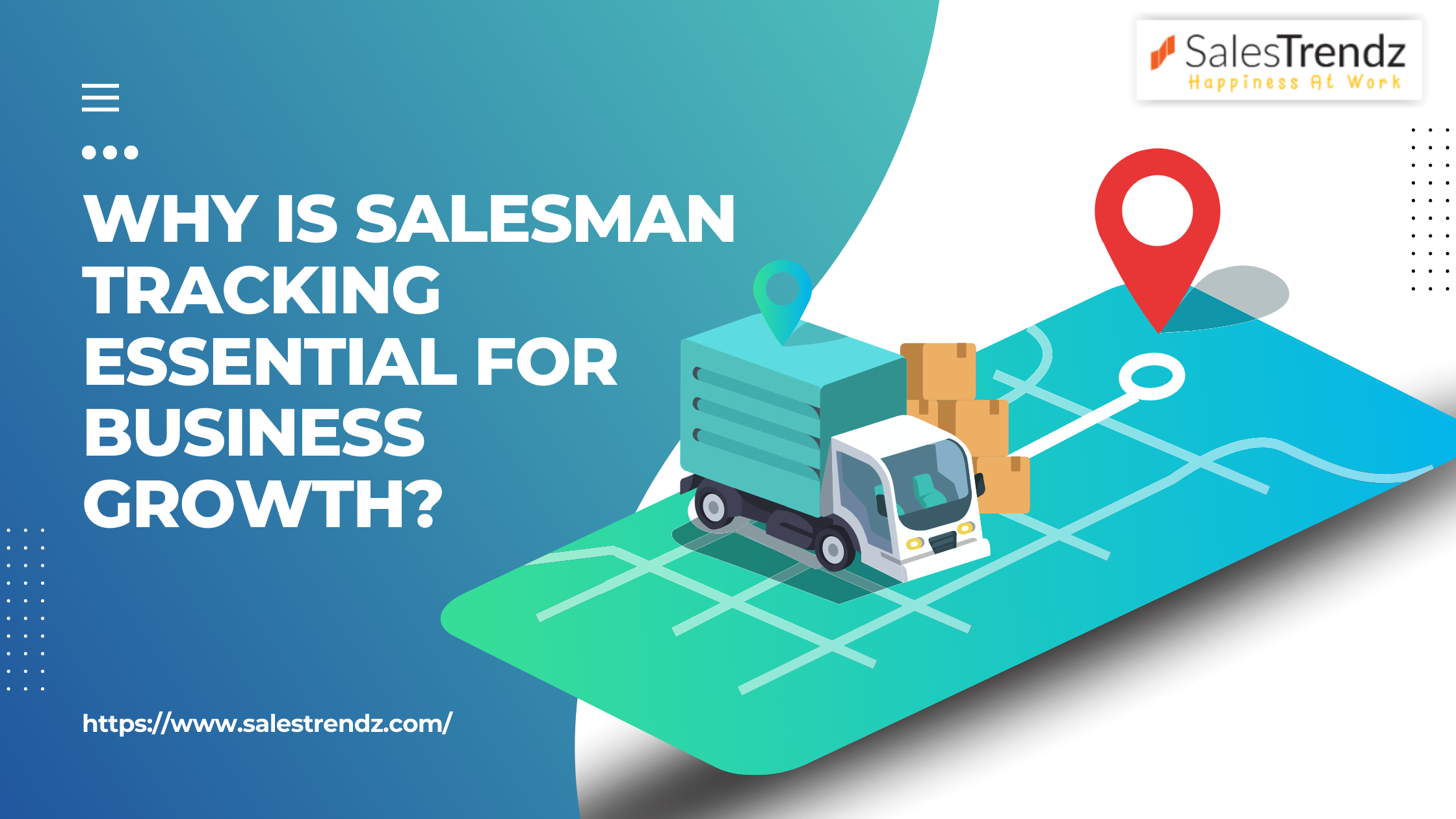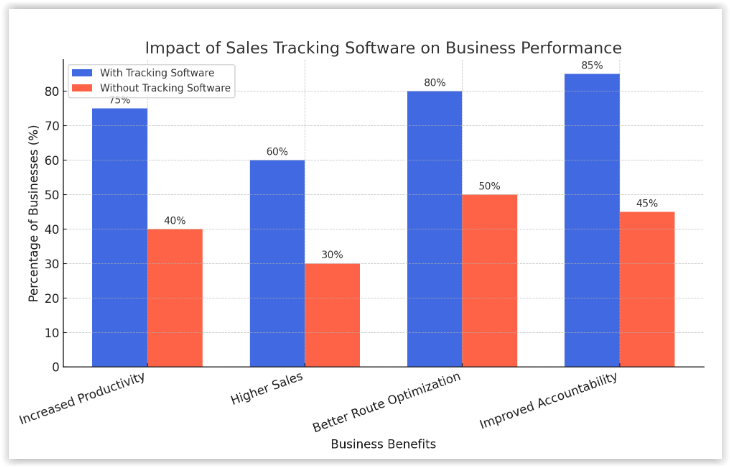Sales are the heartbeat of any business, and a strong sales team is the driving force behind revenue and growth.
But let’s be real—keeping track of a field sales team can be a tough challenge. Missed follow-ups, inefficient routes, and lack of real-time updates can slow things down.
That’s where salesman tracking comes in. With the right tools, businesses can boost efficiency, enhance accountability, and fine-tune their sales strategies like never before.
It’s not just about tracking—it’s about building stronger customer relationships, increasing transparency, and ultimately driving more conversions.
Companies using GPS-based salesman tracking report a 30% increase in sales team productivity (Source: Salesforce).
In this blog, we’ll explore how salesman tracking works, its key benefits, and why investing in the right salesman tracking software could be the game-changer your business needs. Let’s dive in!
Salesman Tracking Demystified: What It Is & Why It Matters
Salesman tracking is the practice of monitoring and managing the activities, locations, and performance of sales representatives on a real-time basis.
By using GPS-enabled devices and cloud-based applications, businesses can keep an eye on their sales force while providing them with the tools they need to succeed.
Modern salesman tracking software comes with a variety of features such as real-time GPS tracking, task management, performance analysis, automated reporting, and customer visit logs.
These capabilities allow businesses to make data-driven decisions and enhance operational efficiency.
Here’s a bar graph comparing businesses that use tracking software vs. those that don’t. It highlights key benefits like productivity, sales, route optimization, and accountability.




